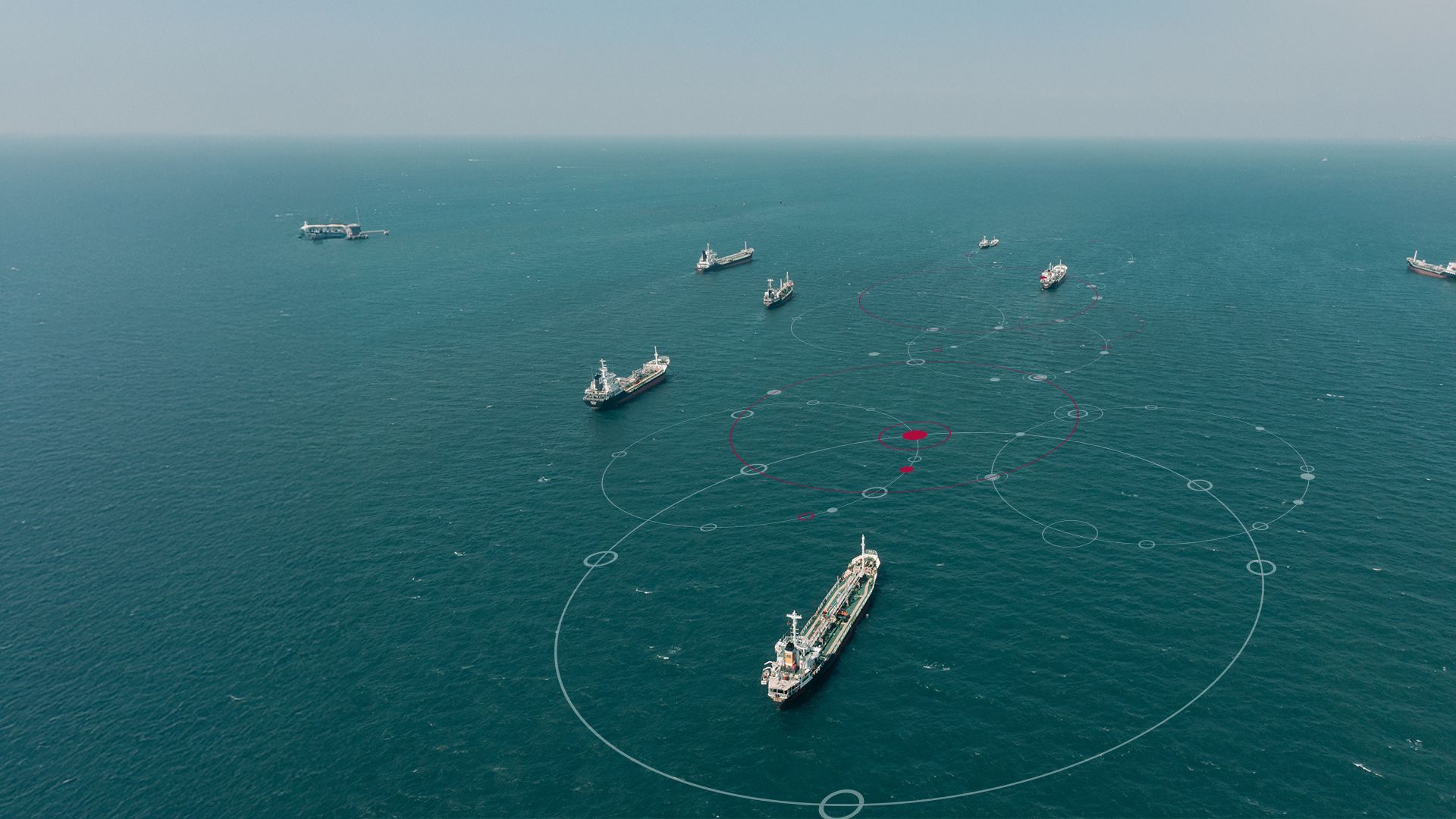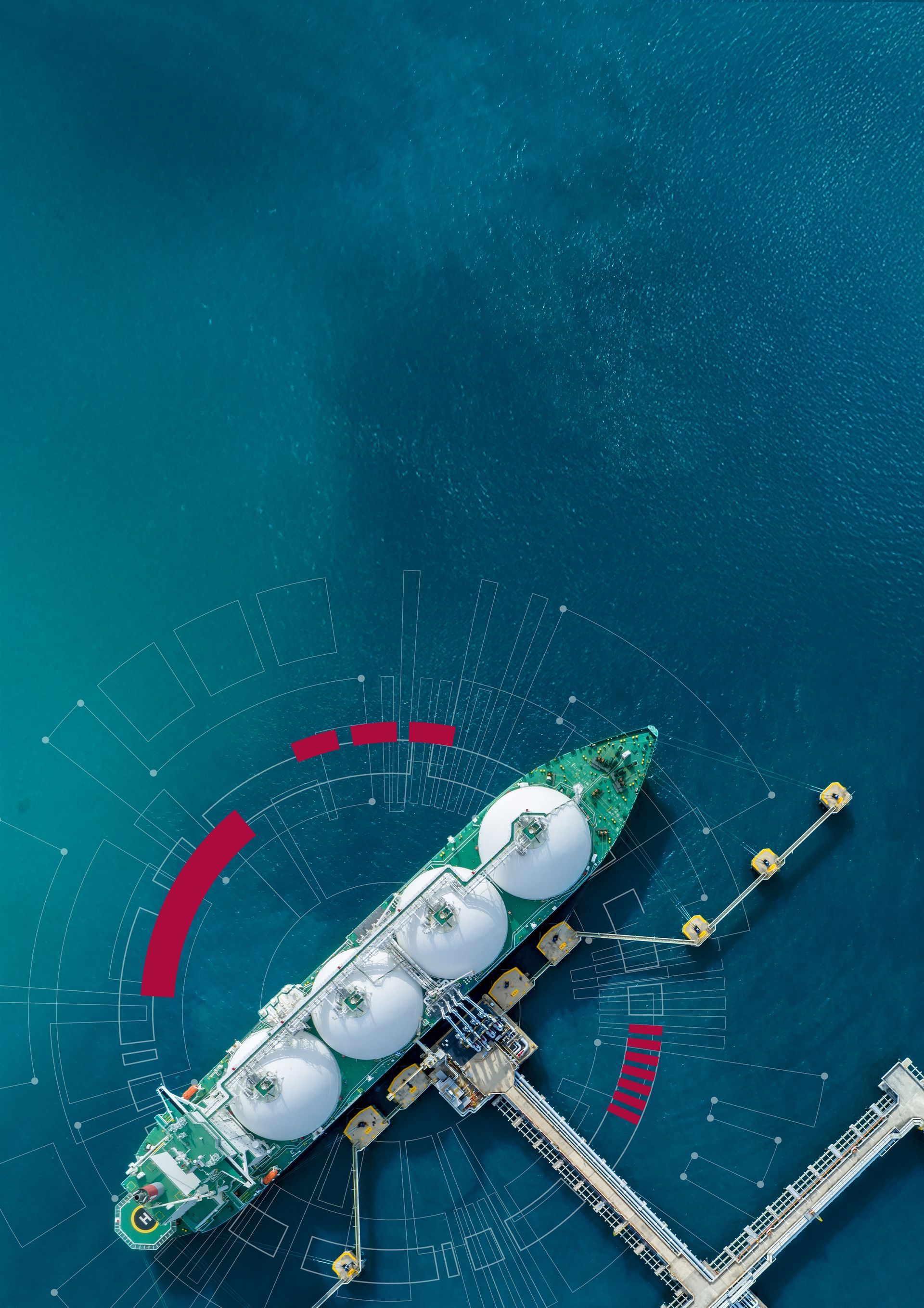Nowcasting: Introduction & user deep-dive
Discover how an advanced analytical approach can used in energy markets, explaining both the conceptual framework and practical applications.
This paper outlines how cutting-edge technologies like satellite imagery and machine learning are transforming traditional market analysis methods.
You will gain insight into how real-time data collection and processing techniques can enhance market intelligence, particularly for professionals seeking to overcome the limitations of traditional, lagged reporting systems in commodity markets.
What you'll learn:
- What nowcasting is and how it differs from traditional forecasting in oil markets.
- How nowcasting combines satellite imagery, vessel tracking and machine learning to create real-time oil market insights.
- The practical applications of nowcasting for making timely decisions in volatile oil markets.
- How nowcasting provides a more accurate starting point for forecasting than traditional methods.

Download report
Please fill in your contact details to access the full insight.
Related insights






